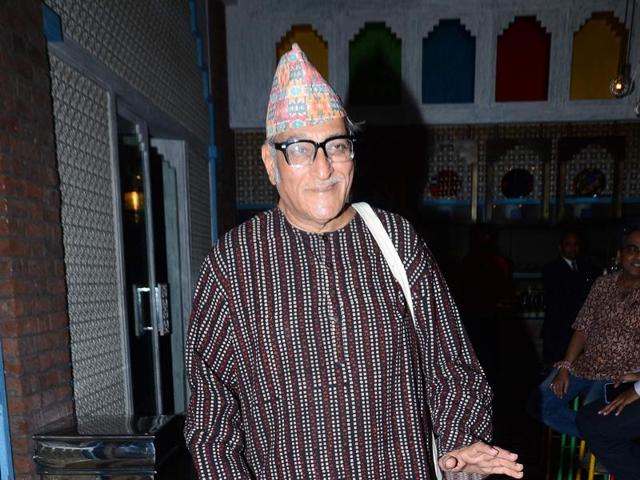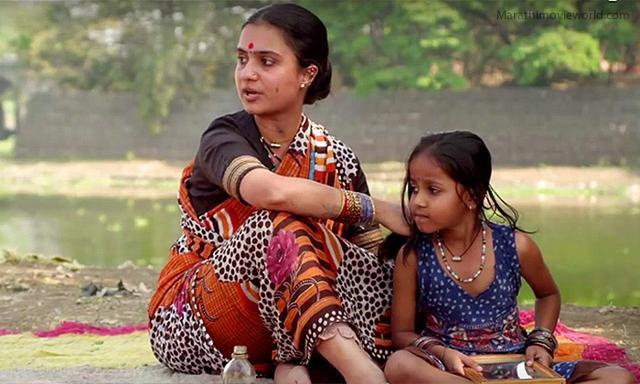Marathi film industry has to compete with Hindi cinema: Mohan Agashe
Veteran film and theatre actor Mohan Agashe talks about how the Marathi film industry is standing its ground, and is ready to experiment
Marathi cinema — with the Prabhat Film Company and the Navayug Chitra — dominated the industry in the ’30s and ’40s. Wonderful films came out at that time. Those were the glorious days. Then, there was a lull, and a time came when hardly five to six Marathi films were being made in a year. But actors such as Jabbar Patel and Amol Palekar made it to the top. Then suddenly, after the release of Shwaas (2004), the landscape of the Marathi film industry changed. The younger generation took a liking to regional films. It became more accessible when the whole audio-video media was democratised.

The closed doors suddenly opened to everybody. A lot of young film-makers, especially Marathi directors, who didn’t get a chance earlier, now had the opportunity to experiment, and bring those films to the audience. This fleet of young directors started handling different themes and started making quality cinema such as Harishchandrachi Factory (2009) by Paresh Mokashi, Gandha (2009) by Sachin Kundalkar and Sound Of Heaven: The Story Of Bal Gandharva (2011) by Ravi Jadhav. Directors such as Ravi Patel, Umesh Kulkarni, Girish Kulkarni, Chaitanya Tamhane, and many others, emerged in the Marathi industry. They are making a mark not just in Maharashtra, but nationally and internationally as well. We’ve already had two Marathi films (Shwaash, and Court; 2015), which were sent as official entries to the Oscars.
Read: Marathi film Sairat star Rinku Rajguru returns to school

Earlier, the process of making films was expensive. In the former syllabus of the Film and Television Institute of India (FTII), Pune, one would get only dialogue and continuity exercises in the first year, since camera and other equipment were expensive. But, today, in FTII, all students, in all the courses, are making a five-minute film in the first year itself. Thus, experimentation has become possible due to financial assistance.
I know of a young director, Mohit Takalkar, who made a film called The Bright Day, four years ago, in an unbelievably low budget. Economics play a big part in regional cinema. Small films are the ones that are doing wonders.
However, few regional films are really making it big at the box office. They are also doing well because they are backed by a different kind of muscle. Films such as Sairat, Katyar Kaljat Ghusali (2015), Lai Bhaari (2014) are being backed by TV channels, which earlier would buy satellite rights of Marathi films. After seeing the changing times, the channels decided to back films. That is what is making the difference. But if you see the situation of independent film-makers, who are making movies such as Yellow (2014), Rege (2013) and Astu (2013), they may not be making big profits, since they have no backing. Film-making is just one part, and getting the film to the audience is a completely different ball game in regional cinema.
Read: After Marathi films, Riteish plans to produce Punjabi, southern films

Another point to note is that the Marathi film industry has to directly compete with Hindi cinema. What Marathi cinema has to face is not what movies made in south India have to deal with. When it comes to content, Marathi cinema is in top form, but as a business, the film-makers are still struggling. In the case of Hindi films, one can know the exact number of screens it will occupy across the country way in advance. But that is not the case for Marathi films. We have good film-makers, but we do not have innovative marketing ideas. The system for distribution of Marathi cinema is still feudal.
— As told to Kaushani Banerjee
Mohan Agashe is a veteran film and theatre actor who won the Sangeet Natak Akademi Award in 1996 and is best known for his roles in Marathi movies such as Ab Tak Chhappan (2004), Deool (2011), and Astu -So Be It (2013), among others.
Get more updates from Bollywood, Taylor Swift, Hollywood, Music and Web Series along with Latest Entertainment News at Hindustan Times.



